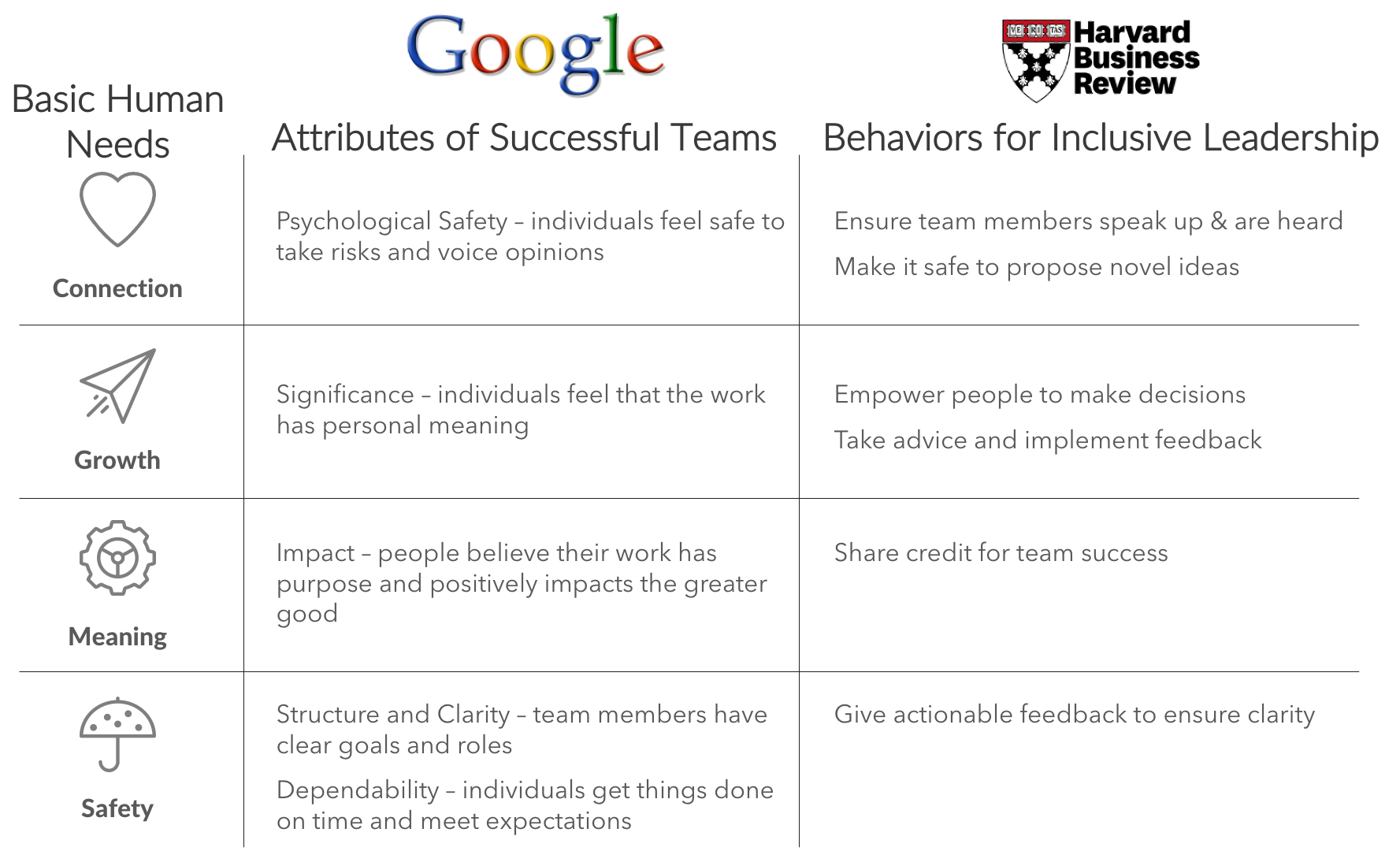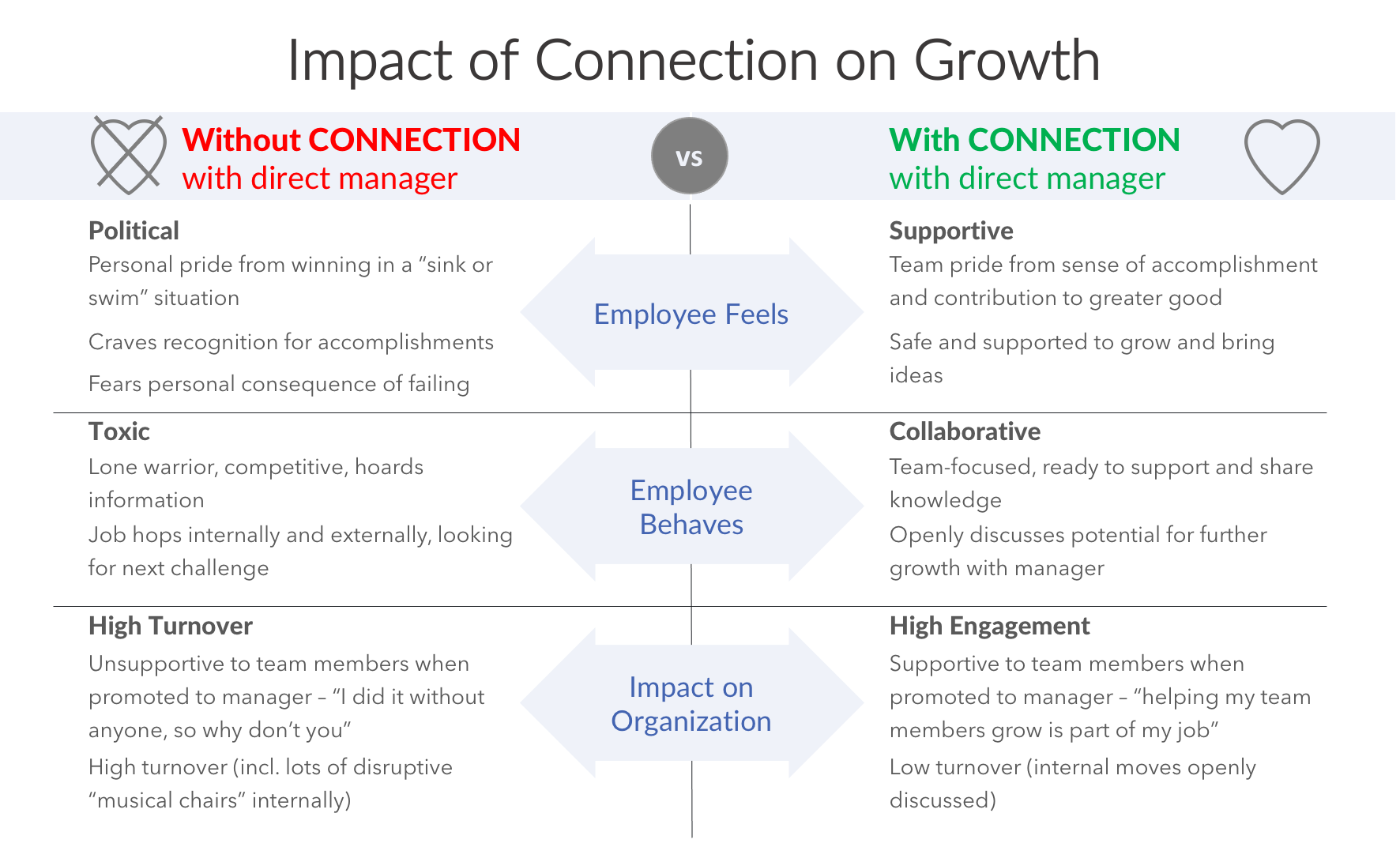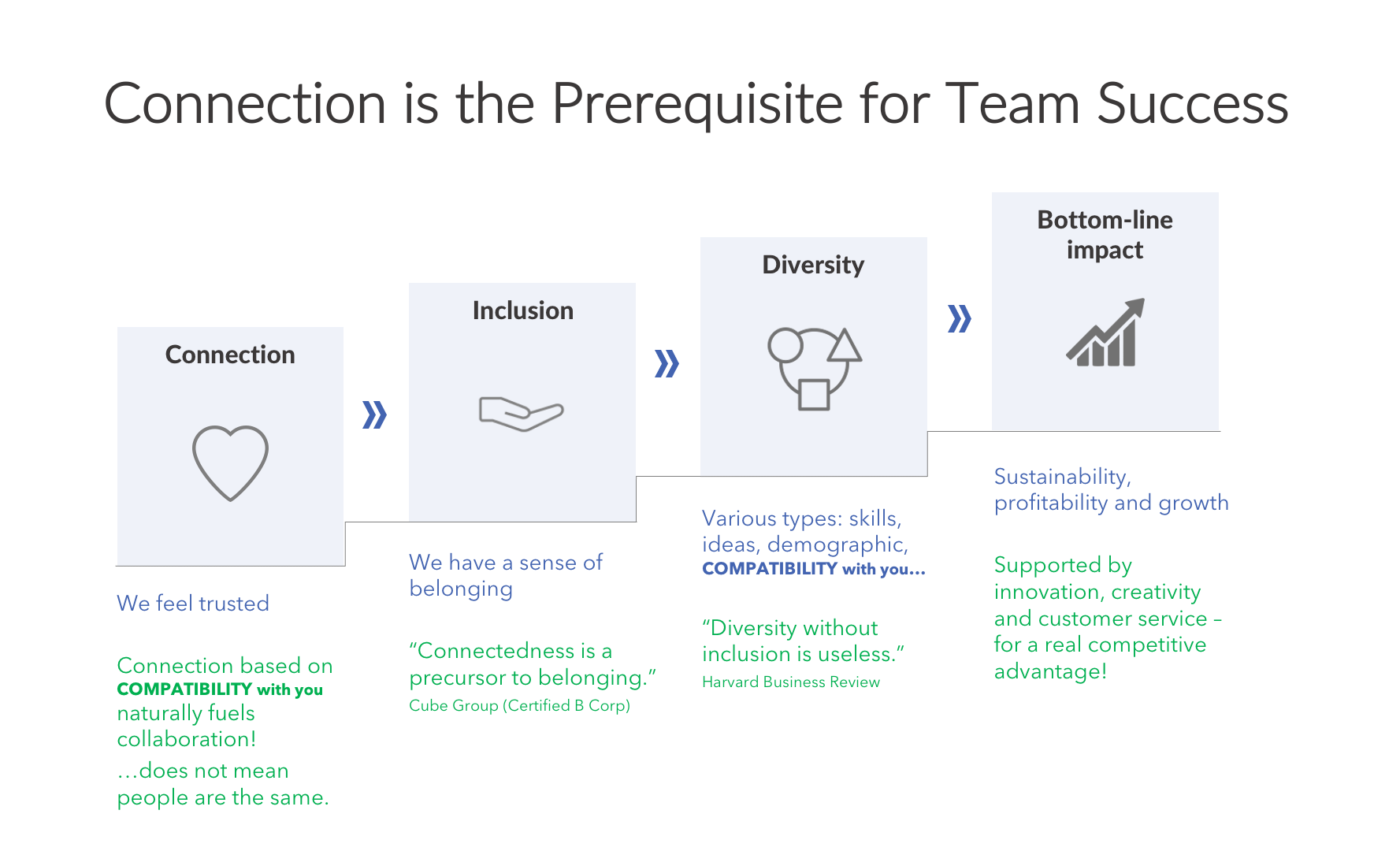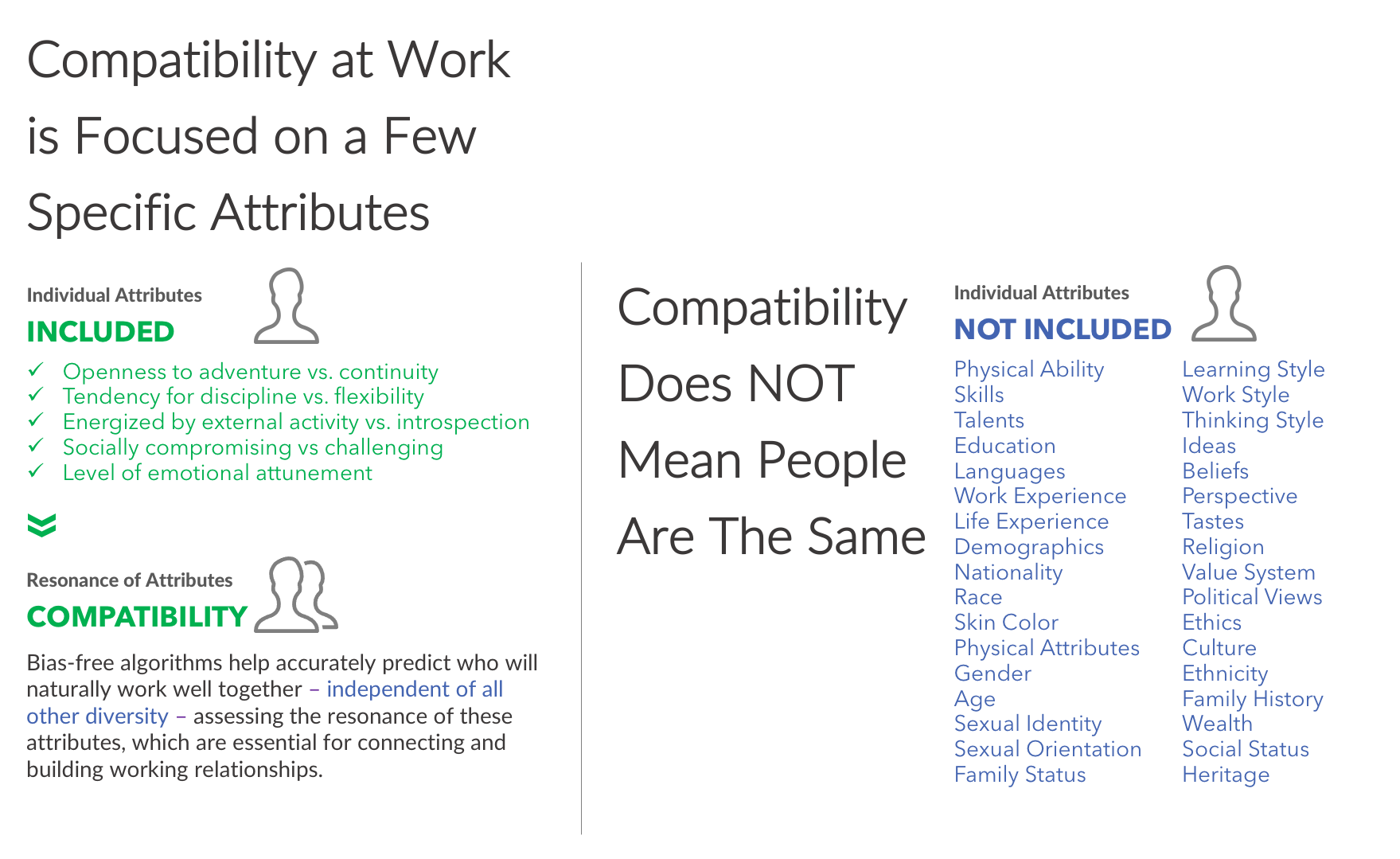Here’s what’s missing in your Diversity & Inclusion strategy
How can you improve your strategy for more diversity and inclusion?
How is Diversity and Inclusion working in your company? Are you getting the results you need, beyond meeting quotas? Here everything you need to know.
Like most organizations, you have a Diversity & Inclusion strategy. How is it working? Are you getting the results you need, beyond meeting quotas? Do you know that there is something fundamentally missing and needed to realize your business objectives?
To begin with, for the vast majority of companies, diversity initiatives started some years ago as a check-the-box exercise but have evolved with the deep understanding that diversity is an invaluable driver of sustainability, profitability and growth – a real competitive advantage.
The value of diversity
Understanding the value of diversity, forward-thinking organizations came to realize that on a very practical level having a diverse employee base at the table – quotas met – is just not enough. What is essential for success is to have the diverse employee base with its diverse ideas enabled to show up and be included. And that’s why today most companies talk in terms of “diversity & inclusion.”
However, while diversity is easy to measure and even mandate, inclusion requires more sophisticated tools to measure and is nearly impossible to mandate.
For inclusion to live in an organization, leaders on all levels must consistently, day-after-day, meet the individual team member’s basic human needs: connection, growth, meaning and safety. Not by coincidence, these are the same as the drivers of employee engagement, the top attributes of successful teams uncovered in Google’s Project Aristotle study, and consistent with The Harvard Business Review’s framework for the six behaviors needed for “Inclusive Leadership”.

While the behaviors needed are easy to understand, for those behaviors to show up day-to-day, you need an authentic connection between the employee and manager, because connection is necessary for safety, the foundation for meaning and has a profound impact on growth.

Not surprisingly, the need for CONNECTION with the manager is the No. 1 driver of employee engagement, and lack thereof is the No. 1 reason people quit their job. The relationship with the direct boss is SO important that engagement can vary by up to 70% from manager to manager in the same organization.
Whether your diversity & inclusion strategy is part of your cultural transformation agenda, succession planning, broadening your applicant pool, career development program or aiming at lowering employee turnover: focusing on installing the “correct” inclusive manager behavior, even with compulsory (check-the-box) leadership development courses for all team leaders in your organization, is NOT going to move the needle.
General Eisenhower defined leadership as “the art of getting people to want to do what must be done.” The artistry being the very specific style that a leader develops to communicate, motivate and engage (connect with) his or her team, built on his or her specific strengths.
The fact is: it is NOT possible to mandate behavior to demonstrate connection in the absence of connection.
Furthermore, there is no “one-size-fits-all” management style.
Thus, the only way to establish effective management is by ensuring connection between leaders and their team members.

To quote The Harvard Business Review “diversity without inclusion is useless,” and connection is the prerequisite of inclusion and team success. If your diversity & inclusion strategy is not measurably yielding results, here’s what’s probably missing: CONNECTION.
The good news is, that while behavior cannot be mandated, there are bias-free digital tools that can help predict connection based on natural authentic compatibility. Consider this: when similar tools are used to assess compatibility between individuals, the divorce rate drops from more than 50% to less than 4%.
While we connect with people in our lives on a breadth of topics, connection at work is based on a very narrow and specific set of attributes, the resonance of which determine two individuals’ compatibility for working together. Intuitively, this is what most people try to assess as early as in the interview process. “Hire for attitude” is all about trying to make sure that the “attitude” is the right compatible fit.
We value connection because we trust people we connect with, which is necessary for inclusion. And only with inclusion, can diversity flourish, because we are only open to hear different opinions from people we trust, respect, have a connection with. So building teams based on people’s naturally compatibility to ensure connection is very powerful.

People who are compatible are NOT the same. People who are compatible have just a few specific attributes that resonate with each other, which makes it easier for them to depend on and trust each other to deliver and succeed. It is exactly this trust between the two people which is the precursor to belonging, fueling collaboration, naturally driving inclusion and meaningfully fostering diversity.
If you are working on your diversity & inclusion strategy for some time, and are ready for truly measurable results, lay the foundation for connection. Go beyond guess-work and gut-feel, implementing bias-free analytics to easily and accurately assess which individuals naturally work well together to ensure connection. It’s the strength of relationships between individuals that underpins the culture of the organization. Yes, “Great things are done by a series of small things brought together. “ as Vincent Van Gogh said, and it applies to your organization and the transformation you are looking to achieve, to ultimately increase engagement as well as competitive edge for the long-term.

Comments are closed.